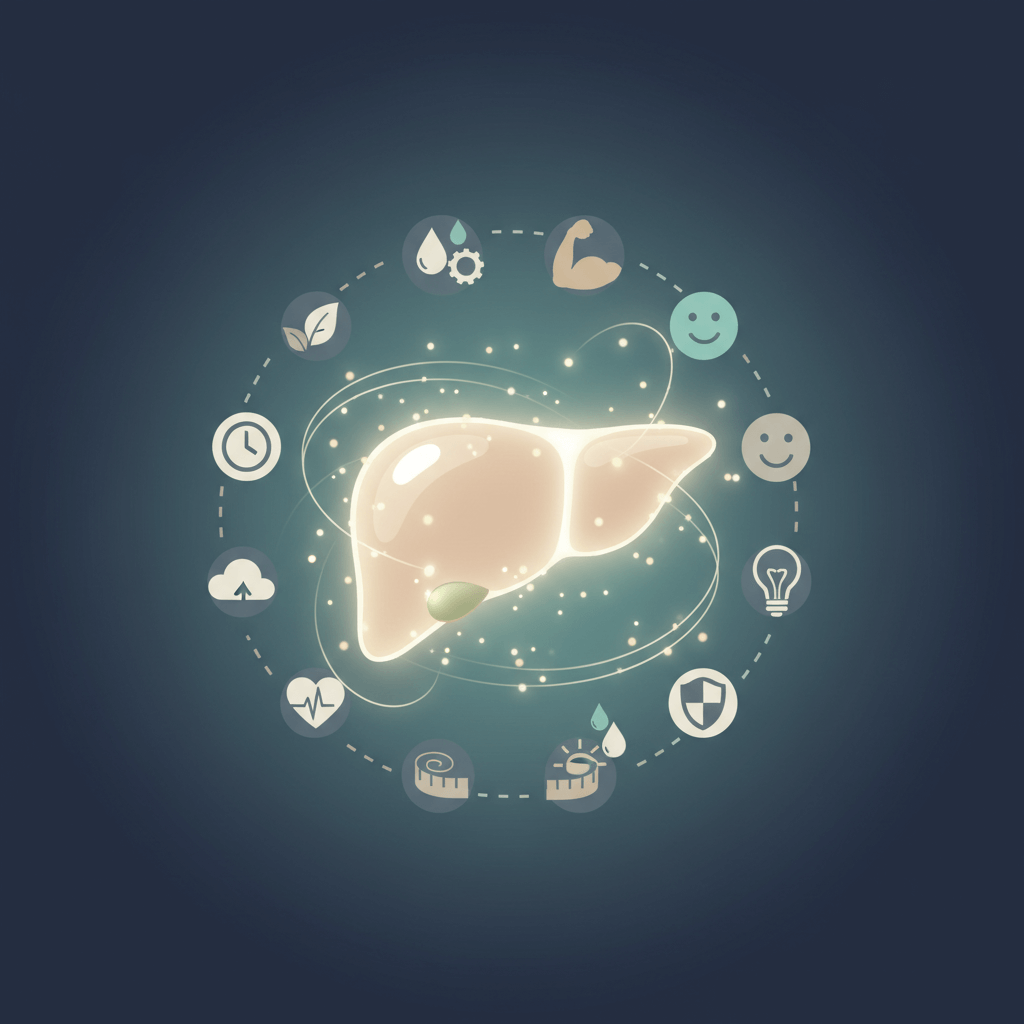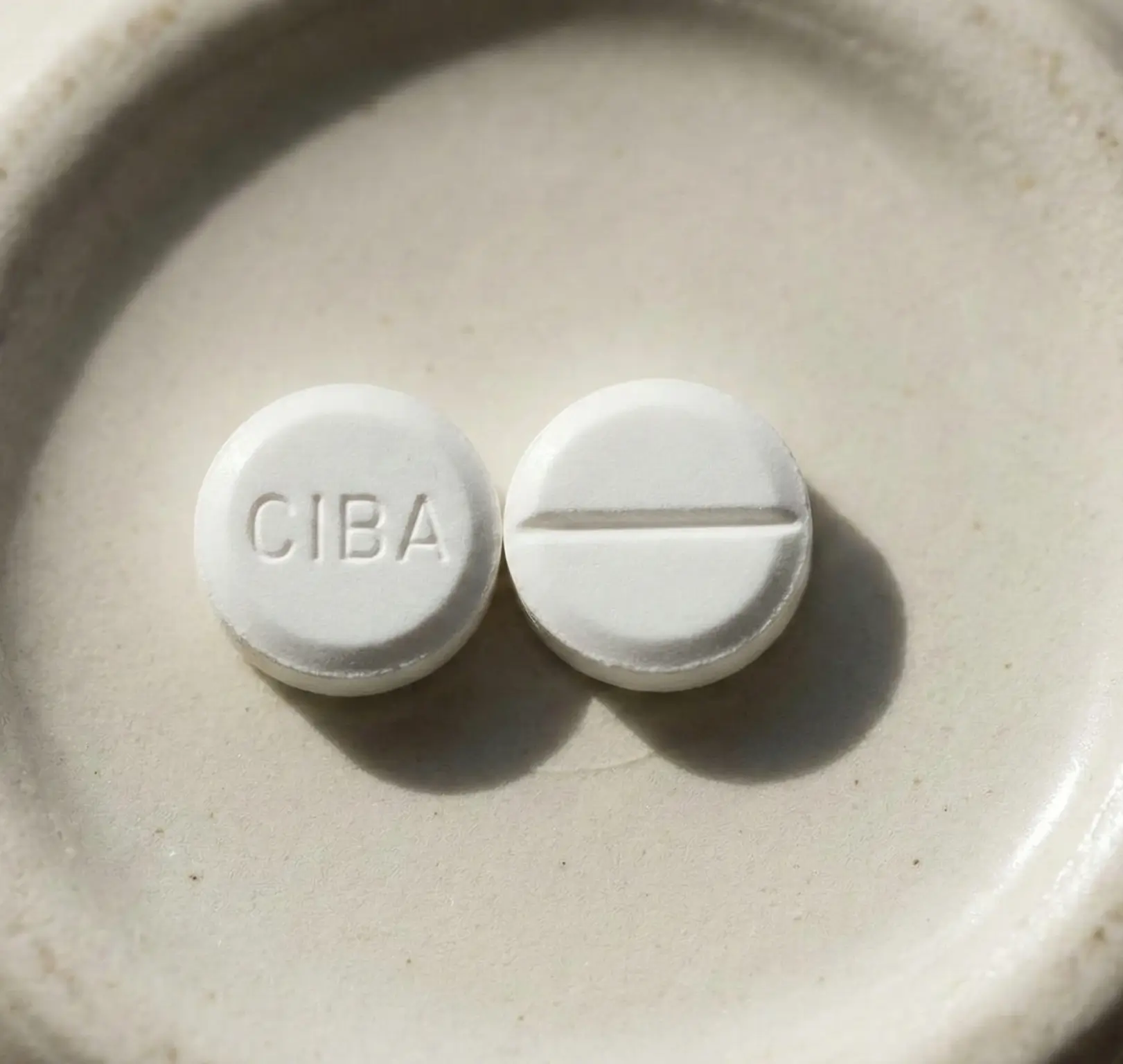Rising Deaths from Prescription Painkillers
The rise in deaths related to prescription painkillers is a concerning trend that has gained attention in recent years. Within this topic, two important aspects to explore are gender disparities in opioid use and prescription opioid prescription disparities.
Gender Disparities in Opioid Use
Research has shown that women are approximately twice as likely to be prescribed prescription opioids compared to men. This discrepancy in opioid prescribing patterns raises questions about potential gender-specific factors influencing pain management and prescribing practices.
Furthermore, women are more likely to receive the dangerous combination of opioids and benzodiazepines, a class of anti-anxiety medications. When used together, these substances can substantially slow breathing and increase the risk of overdose. Understanding the reasons behind these disparities and their implications is crucial for addressing the rising deaths associated with prescription painkillers.

Prescription Opioid Prescription Disparities
In addition to the differences in opioid use, there are disparities in the prescription of opioids between men and women. Women tend to be prescribed prescription opioids at higher doses compared to men, potentially putting them at an increased risk for adverse effects [3].
Factors such as differences in body mass and metabolism contribute to women having lower tolerance to opioids. As a result, women can experience overdoses with smaller doses and develop physical dependence with smaller amounts. These disparities in prescription practices highlight the need for further investigation into gender-specific considerations when prescribing opioids.
Understanding the gender disparities in opioid use and prescription practices provides valuable insights into the rising deaths from prescription painkillers. By addressing these disparities and implementing appropriate strategies, it is possible to reduce the harm associated with opioid misuse and promote safer pain management practices for all individuals.
Trends in Opioid-Related Deaths
Opioid-related deaths have been on the rise, posing a significant public health concern. This section examines the increase in opioid-related deaths and the specific impact of prescription opioids on women.
Increase in Opioid-Related Deaths
The number of deaths involving prescription opioids has shown a troubling upward trend over the years. According to the National Institute on Drug Abuse, deaths involving prescription opioids rose from 3,442 in 1999 to 17,029 in 2017 before declining slightly to 14,139 in 2019. In 2021, the reported deaths involving prescription opioids totaled 16,706.
Among women, the impact of opioid-related deaths is particularly pronounced. From 1999 to 2010, deaths from opioid pain relievers (OPRs) increased fivefold for women, reaching a total of 15,323 deaths in 2010 alone. The death rate from drug overdose among women aged 30–64 years in the United States increased by 260% from 1999 to 2017.
Impact of Prescription Opioids on Women
Prescription opioids have had a significant impact on women, contributing to the rise in opioid-related deaths. The death rates from drug overdose involving prescription opioids increased across all age groups of women from 1999 to 2017. The largest increases were observed among women aged 55–64 years, with rates surpassing 1,000%.
Although more men die from prescription opioid overdoses each year, deaths from prescription opioids have increased at a higher rate among women. Since 1999, deaths from prescription opioid overdoses have increased by 642% among women, compared to a 439% increase among men. The drug overdose death rate for women aged 30–64 years increased by 260% during the same timeframe.
The impact of prescription opioids on women extends beyond just the number of deaths. There has also been a drastic increase in synthetic opioid-related deaths among women, with an 850% increase between 1999 and 2015. Heroin deaths among women have also increased at more than twice the rate compared to men from 1995 to 2015.
These trends highlight the urgent need for comprehensive strategies to address the opioid crisis and its impact on women. From prevention to treatment, it is crucial to prioritize efforts that specifically address the unique challenges faced by women in combating opioid misuse and overdose.
Factors Contributing to Opioid Crisis
The opioid crisis is a complex issue with several factors contributing to its prevalence. Understanding these factors is crucial in addressing the crisis and developing effective strategies to combat it. Two key elements to consider are the risk factors for opioid misuse and the impact of co-occurring disorders.
Risk Factors for Opioid Misuse
Certain factors increase the likelihood of opioid misuse, which can ultimately lead to addiction and overdose. Women, in particular, face specific risk factors that contribute to their vulnerability to opioid misuse. According to the CDC, women are more likely to be prescribed opioids than men, and they are more likely to receive the dangerous combination of opioids and benzodiazepines. The concurrent use of opioids and benzodiazepines can significantly slow down breathing and increase the risk of overdose.
Additionally, women tend to be prescribed opioids at higher doses compared to men, and they are more likely to develop opioid use disorder (OUD). Women generally have lower tolerance to opioids due to differences in body mass and metabolism. This can result in overdosing even with smaller doses and developing physical dependence with smaller amounts.
Impact of Co-occurring Disorders
Co-occurring disorders, such as mental health conditions and substance use disorders, play a significant role in the opioid crisis. Women with co-occurring disorders face unique challenges when it comes to opioid misuse and addiction. Unfortunately, despite the gender-specific impacts and the increasing epidemic, few women with OUD are accessing FDA-approved medication treatments for opioid addiction, such as buprenorphine, methadone, and extended-release naltrexone.
Furthermore, the lack of women-specific programming in treatment facilities is a concerning issue. Only half of the programs in the US that provide medications for opioid use disorder offer women-specific programming. Studies have shown that targeted woman-specific services result in better treatment outcomes, higher retention rates, a safer environment, and improved psychological well-being for women with OUD [3].
Pregnant women with opioid use disorder face additional barriers to treatment access. Fear of testing positive for illicit substances and potentially losing custody of their children can deter pregnant women from seeking treatment. Despite being considered the standard of care for pregnant women with OUD, only 50% receive medication treatment, and a quarter of programs offer specific programming for pregnant or postpartum women. The lack of childcare provisions in outpatient programs further hinders women with OUD from seeking treatment.
Addressing the risk factors for opioid misuse and the impact of co-occurring disorders is crucial in combating the opioid crisis. Efforts should focus on increasing access to treatment, implementing targeted woman-specific services, and providing comprehensive care for pregnant women with OUD. By addressing these factors, we can work towards reducing opioid misuse and ultimately saving lives.
Opioid Overdose Statistics
When examining the alarming rise in deaths related to prescription painkillers, it is crucial to consider the opioid overdose statistics. Understanding the rates of opioid overdoses by region and the demographic trends in opioid deaths provides valuable insights into the magnitude of this crisis.
Opioid Overdose Rates by Region
The number of deaths involving prescription opioids has shown significant fluctuations over the years. According to the National Institute on Drug Abuse (NIDA), deaths involving prescription opioids rose from 3,442 in 1999 to 17,029 in 2017, before declining slightly to 14,139 in 2019. In 2021, the number of reported deaths involving prescription opioids totaled 16,706 [4]. These numbers highlight the persisting threat that prescription opioids pose to public health.
The opioid overdose rates vary across different regions in the United States. The specific rates by region are as follows:
Region and Opioid Overdose Rate
Northeast: 15.3 per 100,000 population
Midwest: 12.4 per 100,000 population
South: 10.8 per 100,000 population
West: 9.4 per 100,000 population
(Data from NIDA)
These statistics emphasize the need for targeted interventions and prevention strategies to address the regional disparities in opioid overdose rates.
Demographic Trends in Opioid Deaths
The impact of opioid-related deaths extends beyond regional variations. Examining the demographic trends provides a clearer understanding of the groups most affected by this crisis.
From 1999 to 2017, the death rate from drug overdose among women aged 30–64 years in the United States increased by 260%. The average age at death for drug overdose deaths among women aged 30–64 years also increased by nearly 3 years during this period. These statistics highlight the concerning rise in opioid-related deaths among women within this age group.
Additionally, the rates of drug overdose deaths increased significantly in specific age ranges among women. From 1999 to 2017, drug overdose death rates increased by approximately 200% among women aged 35–39 and 45–49 years, 350% among those aged 30–34 and 50–54 years, and nearly 500% among those aged 55–64 years [6]. These trends indicate the urgent need for targeted prevention and intervention efforts to address the unique challenges faced by women in different age groups.
The opioid overdose crisis is a complex issue that requires comprehensive strategies to combat its devastating effects. By understanding the regional variations in opioid overdose rates and the demographic trends in opioid deaths, policymakers, healthcare professionals, and communities can work together to develop targeted interventions and support systems that address the specific needs of affected populations.
Addressing Opioid Use Disorder in Women
As the opioid crisis continues to impact communities across the country, it's crucial to address the specific needs and challenges faced by women with opioid use disorder (OUD). Unfortunately, there are significant treatment disparities and barriers to access for women seeking help for their addiction.
Treatment Disparities
Despite the gender-specific impacts and the increasing epidemic, only a small percentage of women with OUD are accessing FDA-approved medication treatments for opioid addiction, such as buprenorphine, methadone, and extended-release naltrexone. This lack of access to appropriate treatment is a concerning issue that needs to be addressed.
Studies have shown that targeted woman-specific services within treatment programs result in better treatment outcomes, higher retention rates, a safer environment, and improved psychological well-being for women with OUD. However, only half of the programs in the U.S. that provide medications for opioid use disorder offer women-specific programming. This disparity in treatment options further affects the quality of care and support available to women struggling with opioid addiction.
Barriers to Treatment Access
There are various barriers that hinder women with opioid use disorder from accessing the treatment they desperately need. One significant barrier is the fear of testing positive for illicit substances, which may lead to losing custody of their children. This fear often discourages pregnant women or mothers from seeking help, despite medication treatment being considered the standard of care for pregnant women with OUD. It is crucial to provide a supportive and non-judgmental environment to encourage women to seek treatment without the fear of legal consequences.
Additionally, there is a lack of childcare provisions in outpatient programs, which can further hinder women with OUD from seeking treatment. Lack of access to reliable and affordable childcare creates an additional barrier, making it challenging for women to attend treatment sessions regularly. Addressing this issue by providing childcare services within treatment centers can help overcome this obstacle and ensure that women receive the support they need while balancing their responsibilities as caregivers.
To address the opioid crisis effectively, it is essential to prioritize the specific needs of women with OUD. This includes expanding access to FDA-approved medication treatments, increasing the availability of woman-specific programming within treatment centers, and removing barriers such as the fear of losing custody or lack of childcare provisions. By addressing these treatment disparities and barriers to access, we can provide a safer and more supportive environment for women seeking help for their opioid addiction.
Impact on Maternal Health
The impact of prescription painkillers on maternal health is a growing concern. Maternal health refers to the well-being of women during pregnancy, childbirth, and the postpartum period. The consequences of opioid use disorder (OUD) during pregnancy can have significant effects on both the mother and the newborn. In this section, we will explore the maternal and neonatal consequences of OUD and the trends in prenatal opioid use disorder.
Maternal and Neonatal Consequences
Prenatal opioid use disorder is associated with considerable maternal, obstetric, fetal, and newborn morbidity and mortality. According to a study published in PubMed, the number of pregnant women with opioid use disorder at labor and delivery increased more than fourfold from 1999 to 2014. Women diagnosed with opioid use disorder at the time of delivery face several health risks compared to those without the disorder.
Women with a diagnosis of opioid use disorder at the time of delivery are:
- 4.6 times more likely to die
- 3.5 times more likely to have a cardiac arrest
- Twice as likely to experience complications such as intrauterine growth restriction, placental abruption, prematurity, blood transfusion, stillbirth, cesarean section, and preeclampsia or eclampsia.
The impact on neonatal health is also significant. Neonatal Abstinence Syndrome (NAS) occurs in up to 94% of newborns whose mothers used opioids during pregnancy. These newborns may experience withdrawal symptoms, be born prematurely, have a low birth weight, and may have breathing and feeding problems. In severe cases, it can even lead to neonatal mortality.
These consequences highlight the urgent need for preventive measures, early intervention programs, and comprehensive care to address the challenges faced by pregnant women with opioid use disorder.
Trends in Prenatal Opioid Use Disorder
The prevalence of prenatal opioid use disorder has increased significantly over the years. According to the same study mentioned earlier, the number of pregnant women with opioid use disorder at labor and delivery increased from 1.5 per 1000 delivery hospitalizations in 1999 to 6.5 per 1000 delivery hospitalizations in 2014. This upward trend reflects the alarming rise in opioid use disorder among pregnant women.
The increase in prenatal opioid use disorder has far-reaching implications for maternal and neonatal health. It calls for comprehensive strategies that focus on prevention, education, and access to treatment for pregnant individuals struggling with opioid use disorder.
Addressing the impact of opioid use disorder on maternal health requires a multidimensional approach that includes healthcare providers, policymakers, and community organizations working together to provide support, resources, and specialized care for pregnant individuals facing this challenge. By addressing the barriers to treatment access and ensuring comprehensive care, we can help improve the outcomes for both mothers and their newborns.













